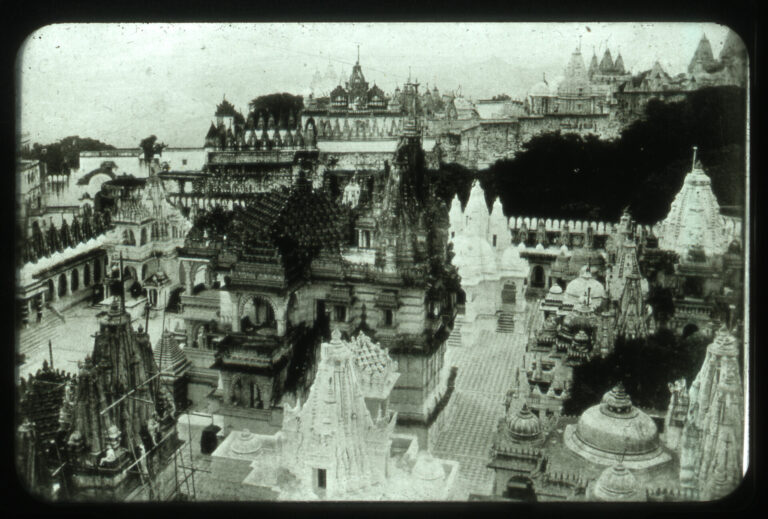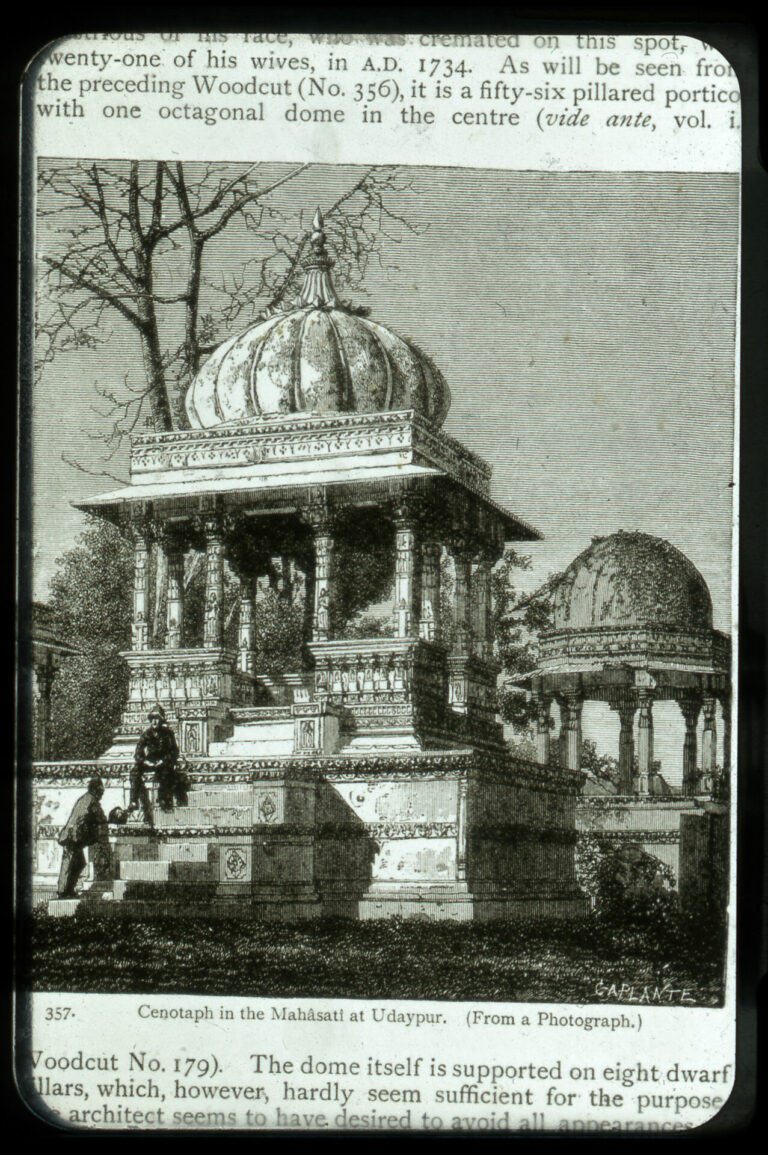Arthur Llewellyn Basham (b.1914, Loughton, UK—d.1986 Calcutta, India) was Professor of the History of South Asia at the School of Oriental and African Studies, University of London, and from 1965, Professor of Asian Civilizations at the Australian National University, until his retirement in 1979. His The Wonder That Was India (London: Sidgwick and Jackson, 1954) remains a pioneering, encyclopaedic achievement in Indology and Asian Studies. The erstwhile Department of Art History at the ANU inherited Professor Basham’s collection of 35-mm photographic slides together with their corresponding index cards. The collection stayed in a nondescript filing cabinet labelled “Basham Archive” along with all the other art history slides and visual aids in the AD Hope Building until 2017. The use of slides for teaching had come to an end with the increasing availability of digital images starting in the early years of this century. In 2017, the University decided to decommission the slide archive to make room for postgraduate student spaces.
The contents of the filing cabinet demonstrate that Basham’s understanding of the history of the Subcontinent was deeply informed by the country’s visual culture. He was interested in relating religious, political and economic developments to manifestations in architecture, sculpture, painting and other art forms. The first edition of The Wonder That Was India carries 89 plates and 26 maps and drawings on its 568 pages.
The cabinet is organised, much in the way of The Wonder That Was India into a chronological structure, with layers of regional and dynastic specificity. Many slides that relate to archaeological and prehistoric material are photographed from books, and museum displays, their sources noted on index cards. Diagrams, maps, excavations are carefully documented, alongside images of pottery, burials, sculpture and architecture, especially from the Indus Valley civilisation. As we enter historical times, especially the ‘classical’ and ‘medieval’ periods of Indian history, the slides carry photographs taken by Basham (or colleagues travelling with him) during field trips to different parts of the country. Following the slides, it is possible to construe Basham’s journeys, particular points of interest and passion, to correlate the visual evidence to the formation of a structure of knowledge.
The formulation of a consensus on what constitutes the classical culture of the subcontinent is a particularly interesting part of colonial historiography and a subject of postcolonial inquiry. Starting in the later 19th century, this process sees enthusiastic investments on the part of Orientalist scholars, colonial administrators and nationalist actors, resulting in what Hobsbawm termed the ‘invention of tradition’. Much of the foundational framework for Indian languages, literatures and visual cultures stems from these investments. In the Basham archive, we find an interesting series of parallels with this consensus, as well as significant divergences. A set of five of his notebooks in the ANU Library’s rare book collection gives evidence of his ongoing pursuit of the origins of Indian culture, stretching from his interest in Tamil language and grammatical structure, to painstaking notes on dynastic succession, imperial authority, administrative policies and religious doctrines, and on to details of philosophical and ontological inquiry.
Basham’s primary focus remained on the Hindu civilisation of India. He was attentive to the emergence of Jain and Buddhist traditions in opposition to Brahmanical orthodoxy. While The Wonder That Was India concentrated on periods before the coming of Islam to the subcontinent, his notebooks also reveal an interest in Sultanate rule before the establishment of the Mughal empire. When he took up his final academic position as the Swami Vivekananda Professor in Oriental Studies at the Asiatic Society of Calcutta in 1985, the year before his death, it would seem that much work was yet to be done.
This is an edited version of a note originally published in TAASA REVIEW, Vol 27, No 4




